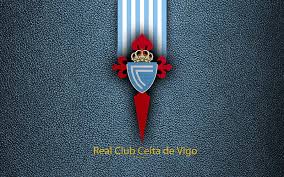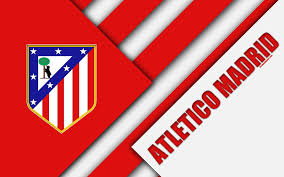
Estadio do Dragao
The Estadio do Dragao is more than just a stadium; it is a beacon of pride for the city of Porto and its footballing heritage. Home to FC Porto, one of Portugal’s most successful soccer clubs, this stadium has become an integral part of both local culture and the broader landscape of European football. This guide will delve into the numerous aspects of the Estadio do Dragao that make it a must-visit destination for sports fans and tourists alike SBOTOP.
History of Estadio do Dragao
To truly appreciate the significance of the Estadio do Dragao, one must first understand its origins and evolution over the years.
Construction and Opening
The construction of the stadium began in the early 2000s as FC Porto sought to replace their aging home ground, the Estadio das Antas. The project was conceived during a period of ambition for the club, aiming not just to enhance their facilities but to create a modern venue that could host significant events beyond just football matches.
The stadium was officially inaugurated on November 16, 2003, with a friendly match against the Spanish club, Barcelona. This event marked a new chapter for FC Porto, presenting their identity and ambition on an international stage.
Incorporating state-of-the-art technology and design principles, the Estadio do Dragao showcased innovative features such as a sliding roof and an advanced pitch system, setting a new standard for stadiums in Portugal and Europe as a whole.
Architectural Design
Designed by the renowned Portuguese architect, Eduardo Souto de Moura, the Estadio do Dragao reflects a modern architectural aesthetic while paying homage to the club’s storied past. The exterior facade is characterized by a striking blue and white color scheme, which resonates with the club’s colors.
Souto de Moura cleverly utilized angular shapes and glass panels, creating an inviting atmosphere for fans while providing ample natural light inside the stadium. The result is not just a place for sporting events but a landmark that integrates seamlessly into the Porto cityscape.
The structural layout allows for excellent sightlines from every seat, ensuring that no matter where you are, the action on the field is always front and center.
Evolution Through the Years
Since its opening, the Estadio do Dragao has hosted numerous high-profile matches, including UEFA Champions League games, national team fixtures, and major finals like the UEFA Europa League Final in 2011. This evolution has solidified Porto’s reputation as a host city for significant international events.
Through renovations and upgrades, the stadium continues to adapt to the changing dynamics of modern football. Facilities such as VIP boxes, enhanced fan zones, and improved accessibility reflect the commitment to providing a world-class experience for all attendees.



